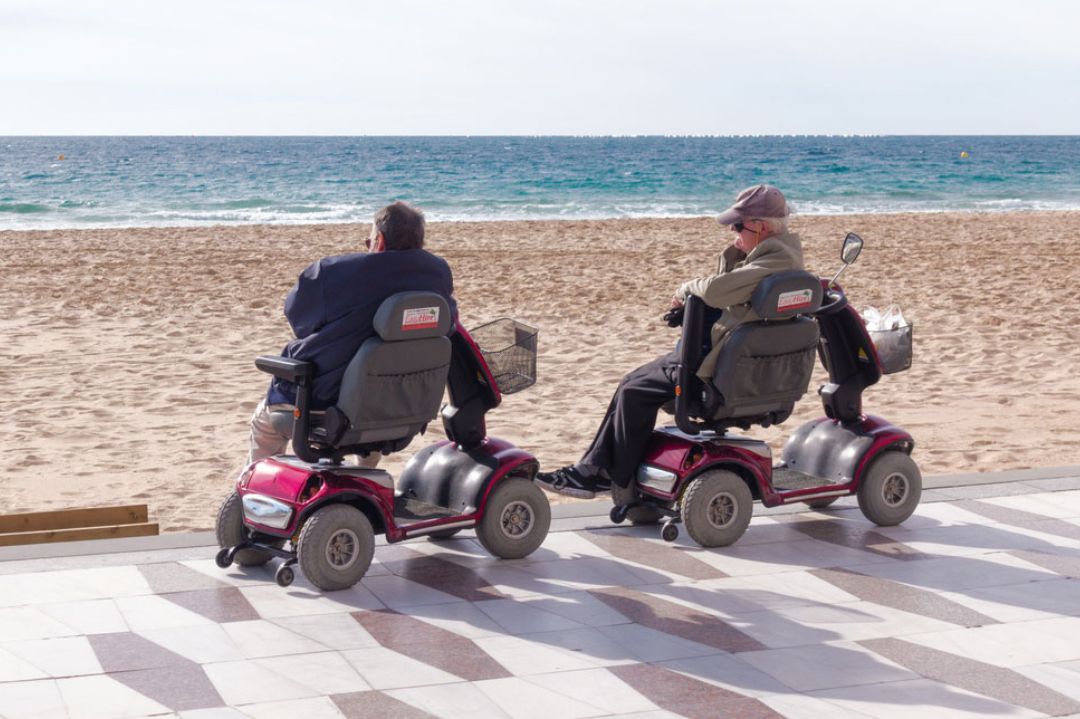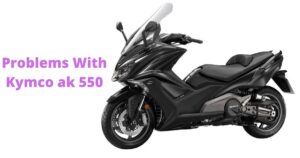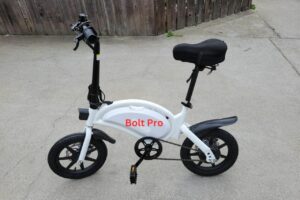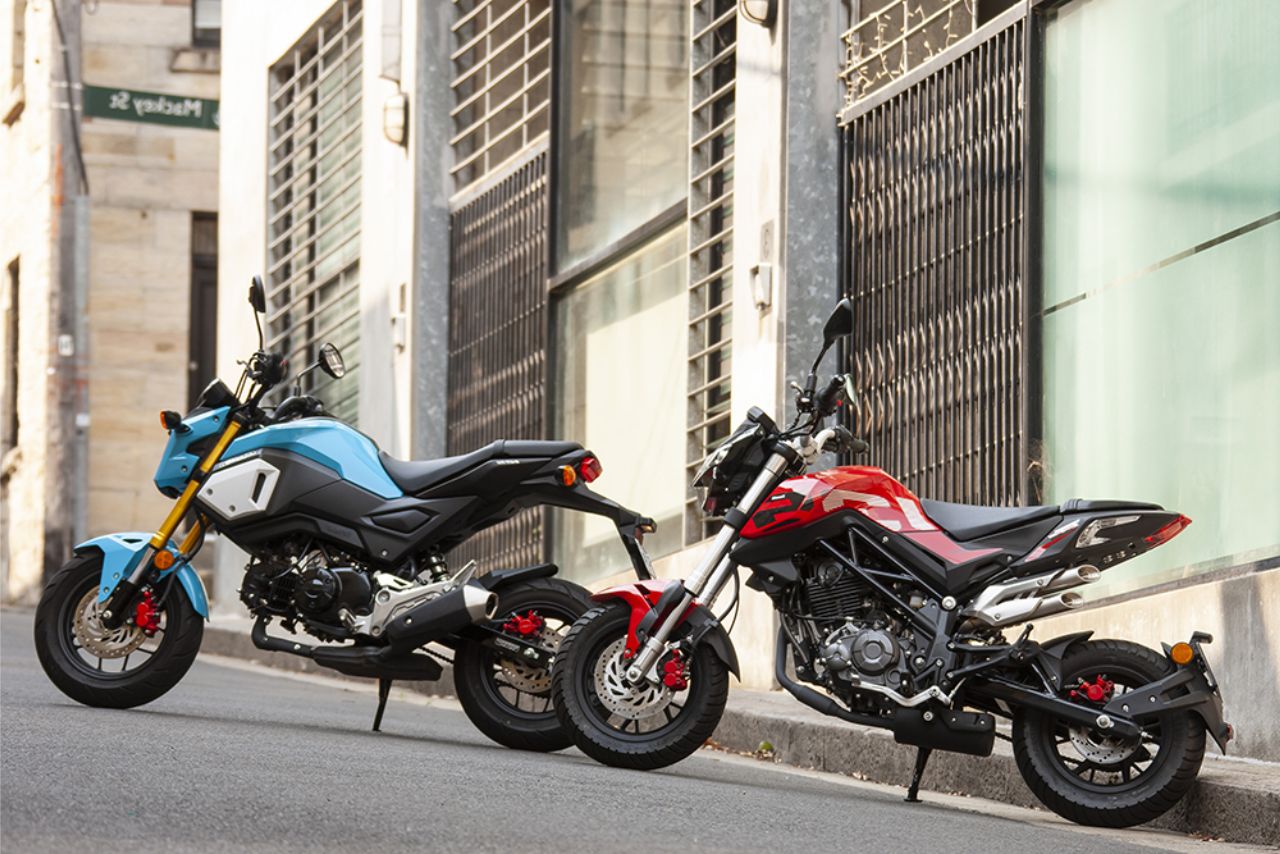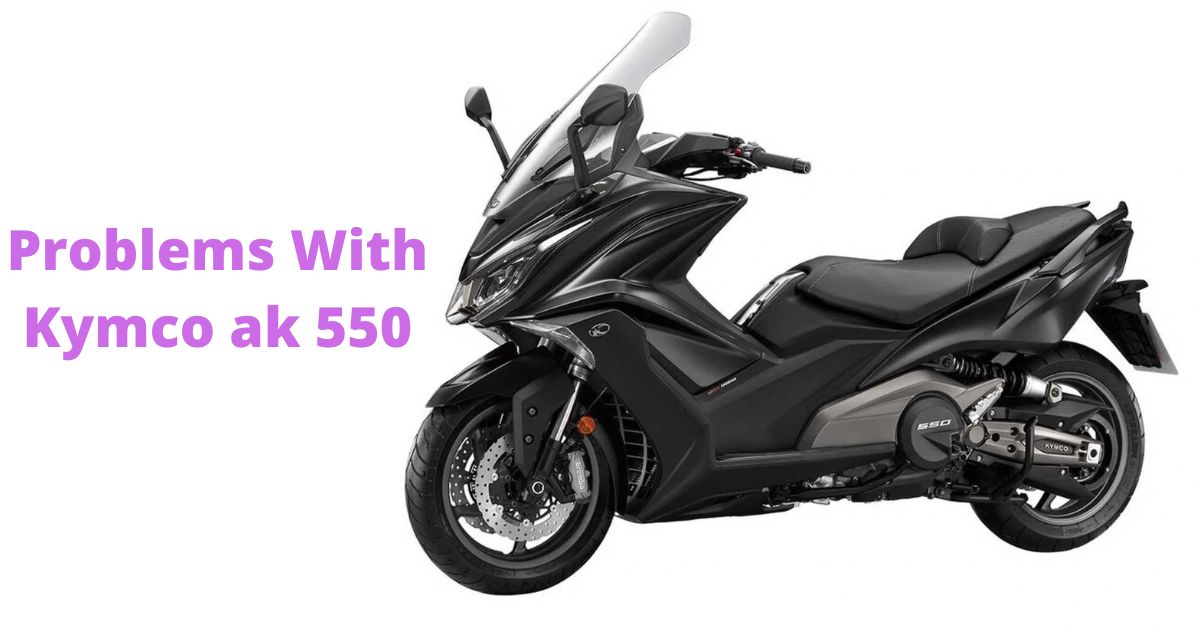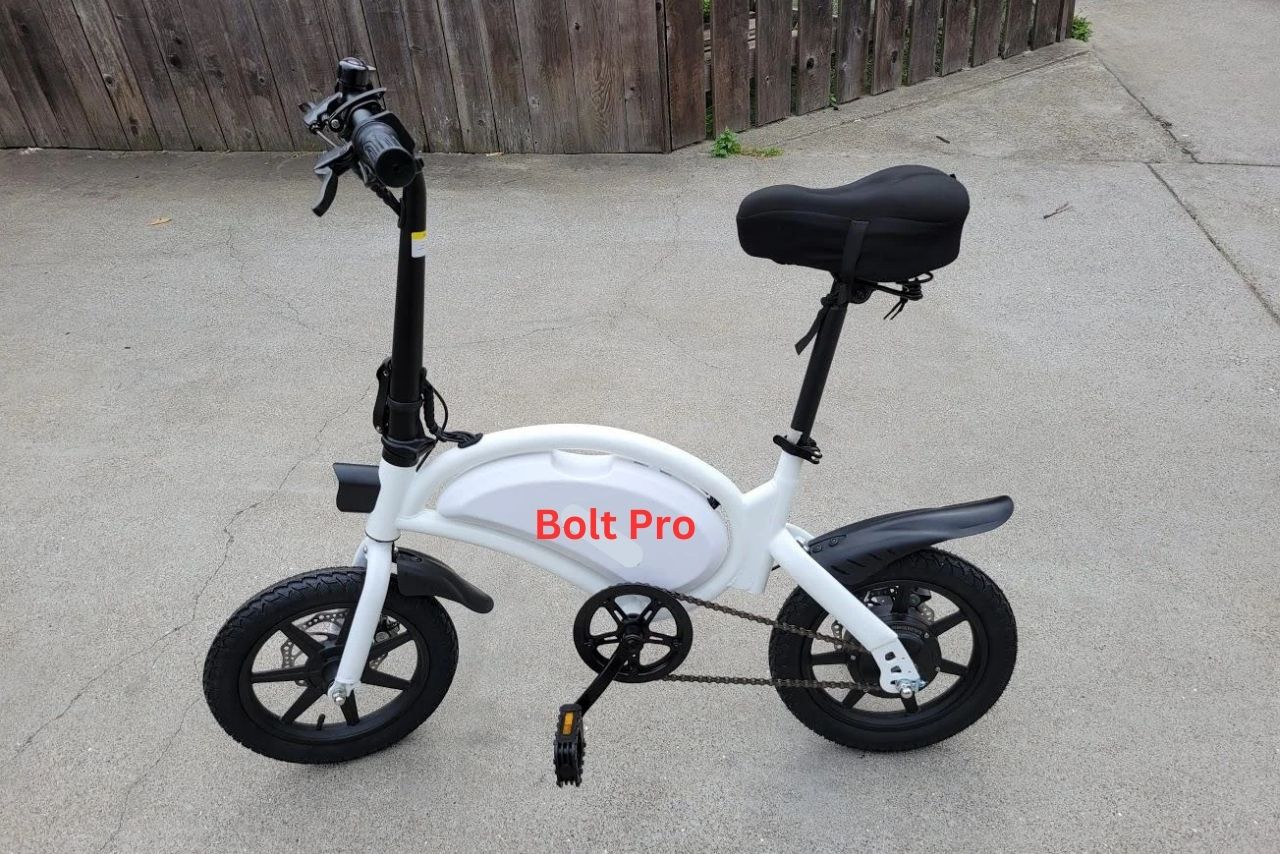Can Mobility Scooters Go on Sand? It is an established fact that Mobility Scooters can traverse surfaces of a granular nature, such as sand.
This is due to the scooter’s configuration, which features a combination of both low-pressure tires and larger wheels, allowing for a greater surface area contact and thus improved stability when travelling on softer terrain.
Are you looking for an answer to the question “Can mobility scooters go on sand?” If so, you have come to the right place!
In this article, we will provide an overview of the considerations associated with using a mobility scooter on sand and answer the question of whether it is possible.
By the end of the article, you will have a better understanding of how to safely use a mobility scooter on sand. Let’s get started!
Table of contents
Sand Mobility Scooter:
A sand mobility scooter is a type of mobility scooter that is specifically designed for riding on sand and other soft surfaces.
Sand mobility scooters have larger wheels and tires than traditional mobility scooters, and they also have a more powerful motor. This makes them better able to navigate through sand and other difficult terrain.
Here are some of the benefits of using a sand mobility scooter:
Can A Mobility Scooter Go On Sand?

Mobility scooters are designed to handle various terrains, including sand. However, not all mobility scooters are created equal, and some may perform better on sand than others.
Yes, a mobility scooter can go on sand, but it depends on the type of sand and the type of mobility scooter.
Type of Sand:
Fine, dry sand is the most difficult type of sand for a mobility scooter to navigate. The wheels of the scooter can sink into the sand, making it difficult to move forward.
Wet sand is more compact and easier for a mobility scooter to ride on. However, it is important to be careful not to ride through deep puddles, as this can damage the scooter.
Type of Mobility Scooter:
Mobility scooters with larger wheels and tires are better suited for riding on sand. Mobility scooters with four wheels are also more stable and less likely to get stuck in the sand.
Here are some tips for riding a mobility scooter on sand:
It is also important to note that riding a mobility scooter on sand can put additional stress on the scooter’s motor and battery. Therefore, it is important to have your scooter regularly serviced and to replace the battery when necessary.
Why Would You Want To Use A Mobility Scooter On Sand?
There are a number of reasons you might want to use a mobility scooter on sand. First, sand is a good terrain for mobility scooters because it is easy to move and provides good grip.
Additionally, sand is less abrasive than other surfaces, which can minimize the risk of damage to your mobility scooter.
If you live in an area with a lot of sand, using a mobility scooter on sand can be a great way to get around. Additionally, if you have difficulty walking or have limited mobility, using a mobility scooter can be a viable option.
Finally, if you live in an area with rough terrain or steep hills, using a mobility scooter on sand can be easier than climbing them!
How Do You Travel Across Sand With A Mobility Scooter?
There are a few ways to travel across sand with a mobility scooter. First, you can use the coasting feature on your mobility scooter.
This will allow you to glide across the sand without having to apply too much pressure to the accelerator or brake.
Second, you can use the front and rear suspension on your mobility scooter to help you move across the sand.
Things to Consider When Traveling With Scooter On Sand:

When traveling with a scooter on sand, there are some important things to consider. First and foremost, you must make sure the scooter is suitable for the terrain.
Sand can be hard to traverse, so it is important to have a scooter that is designed for off-road use.
By following these tips, you will be able to better enjoy your travels with your scooter on sand.
1: The Surface Of The Sand Must Be Dry:
Having a dry and clean surface is essential for optimally enjoying a scooter ride. If the surface is wet or covered in dust or dirt, the rider may experience a bumpy and uncomfortable journey.
To ensure that the ride is safe, fun and enjoyable, it is important to check the sand before beginning the ride. Inspect the ground thoroughly to make sure that it is dry and free of any dust or dirt.
Make sure that there are no puddles or patches of wet sand, which could potentially cause accidents.
2: Weight Capacity:
The weight capacity and fit of mobility scooters vary depending on the model. However, in general, mobility scooters are designed for lighter users.
Therefore, if you are heavier than the typical weight limit for the scooter, it may not be suitable for travel on sand.
Additionally, make sure to check the size and fit of your mobility scooter before departing. If you are unable to comfortably ride the scooter due to its size or fit, it may not be a good option for travel on sand.
3: Use Caution while Riding a Mobility Scooter on Sand:
When riding a mobility scooter on sand, always be aware of your surroundings. First and foremost, be aware of your surroundings and avoid areas where there is a high chance of getting injured. Additionally, watch out for obstacles while riding.
4: Tires Must Be Filled With Air:
Another important safety consideration when riding a mobility scooter on sand is ensuring that the tires are filled with air. If the tires are not inflated, they may become flat and cause damage to the scooter.
In addition, if the tires are not inflated, they will not provide enough traction during travel on sand. Make sure to check the inflation levels of your mobility scooter before leaving.
4: Wheels Must Be Clean and Lubricated:
Finally, it is important to keep the wheels and tires of the mobility scooter clean and lubricated. This will ensure that the scooter is able to move smoothly on sand and that it does not become stuck.
To clean the wheels, use a soft cloth or a gentle soap. To lubricate the wheels, use a light oil or grease.
Doing this will help to prevent damage to the scooter and provide optimal traction while riding on sand.
5: Brakes and Gears:
One final safety consideration when riding a mobility scooter on sand is making sure that the brakes and gears are checked and operated safely.
Make sure to use caution when braking, as too much braking can cause the scooter to stop abruptly. Additionally, make sure that you shift the gears properly in order to prevent unwanted accidents.
Scooter Safety for Riding on The Beach:
Scooter safety is important for riding in any environment, but it is especially important when riding on the beach. The sand and surf can create hazards for riders, so it is important to be aware of your surroundings and take precautions to stay safe.
Here are some tips for scooter safety on the beach:
The Benefits Of Using A Mobility Scooter On Sand:
Using a mobility scooter on sand can be incredibly beneficial for those with limited mobility. Not only does it provide an easy and safe way to get around, but it can also help to enhance the overall experience of your beach vacation.
Sand can be difficult to traverse without the right equipment, so having a mobility scooter on hand can make traveling easier.
With a mobility scooter, you don’t have to worry about getting stuck in the sand or struggling to keep up with your friends and family. You can enjoy the sights and sounds of the beach without having to worry about your physical limitations.
Finally, many mobility scooters come with built-in safety features such as anti-tip wheels, headlights, and reflectors, so you can rest assured that you will be safe while enjoying the sand.
The Drawbacks Of Using A Mobility Scooter On Sand:
Using a mobility scooter on sand can have some drawbacks. Sand can make it difficult to move around, as the wheels can sink and get stuck.
This can cause the user to become exhausted from having to push their scooter out of the sand. Furthermore, sand can accumulate in the joints and wheels of the mobility scooter, requiring regular maintenance and cleaning.
Additionally, sand can be a hazard for those with limited vision or balance as it can be difficult to navigate uneven terrain.
Can I Use a Mobility Scooter in All Weather Conditions:
ou can use a mobility scooter in all weather conditions, but it is important to take precautions to protect yourself and your scooter from the elements.
Rain:
Rain can damage the electrical components of your mobility scooter, so it is important to cover your scooter with a waterproof cover when it is raining. You should also avoid riding in heavy rain or through deep puddles.
Snow and Ice:
Snow and ice can make it difficult to control your mobility scooter, so it is best to avoid riding in these conditions if possible. If you must ride in snow or ice, be sure to go slowly and carefully. You may also want to consider using a mobility scooter with snow tires or chains.
Extreme Heat:
Extreme heat can also damage the electrical components of your mobility scooter. If you live in a hot climate, it is important to keep your scooter in a cool place when you are not using it. You should also avoid riding your scooter in the middle of the day when the sun is at its hottest.
Watch Video: Can Mobility Scooters Go on Sand?
Sum Up: Can Mobility Scooters Go on Sand? 💭
Can Mobility Scooters Go on Sand? Overall, using a mobility scooter on sand can be a great way to get around.
While there are some drawbacks, such as the difficulty in moving around sand, the benefits of using a mobility scooter on sand are often outweighed by these problems.
Additionally, it is important to be aware of local ordinances before using a mobility scooter on sand, as not all areas allow them.
If you do decide to use one on sand, make sure to wear a helmet and take other precautions to ensure your safety.
FAQs
Do Mobility Scooters Work On Sand?
Yes, mobility scooters work on sand just as well as they do on other surfaces. However, it is important to be aware of the drawbacks such as the difficulty in moving around sand – before using one.
Is Sand Bad For Electric Scooter?
No, sand is not bad for electric scooters. In fact, sand is a great surface to use a mobility scooter on as it is easy to navigate and does not require constant maintenance.
How Can Sand Damage a Mobility Scooter?
Sand can damage a mobility scooter by making it difficult to move around, as well as by accumulating in the joints and wheels.
Additionally, sand can be a hazard for those with limited vision or balance.
Can Mobility Scooters Go on Gravel?
Yes, mobility scooters can go on gravel, but it is important to choose the right scooter and to take precautions to stay safe.
Latest Posts:
- Benelli TNT 135 vs Grom! (A Proper Review!)
- What Problems Does The Kymco Ak 550 Have? Find Solution!
- Jetson Bolt Pro Troubleshooting! (The Ultimate Guide!)
- Top 10 Best Electric Scooters For Kids (Tried And Tested!)
- 10 Best 150cc Bike For Beginners: (Tried And Tested!)
- What Does 16 Mean To The Pagans? (The Surprising Truth!)

